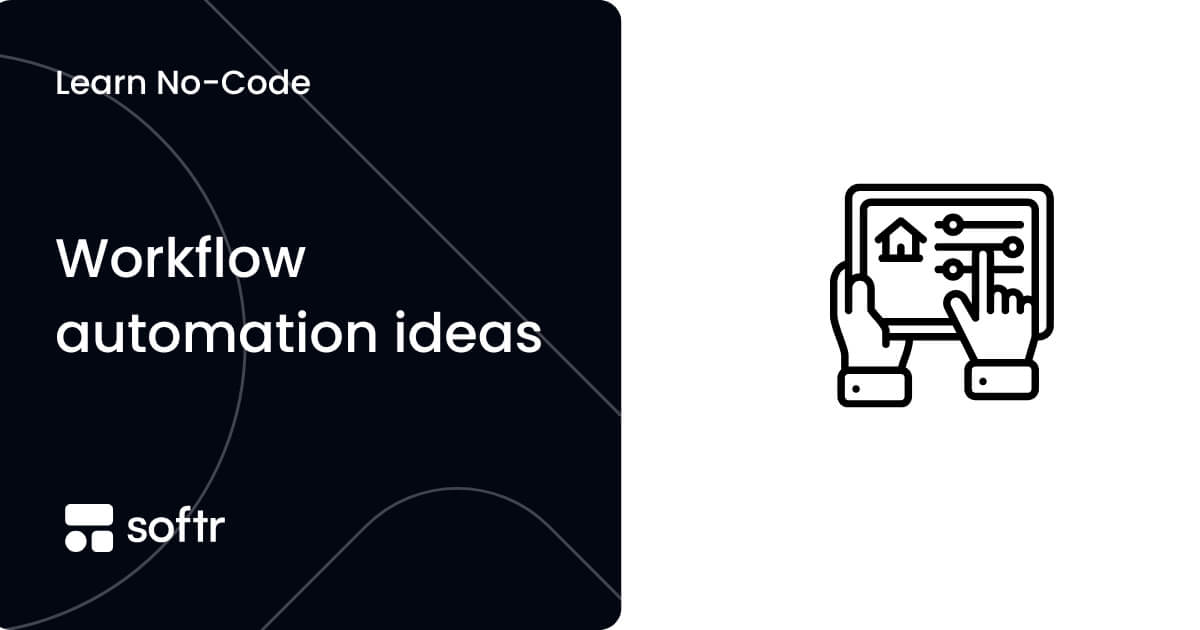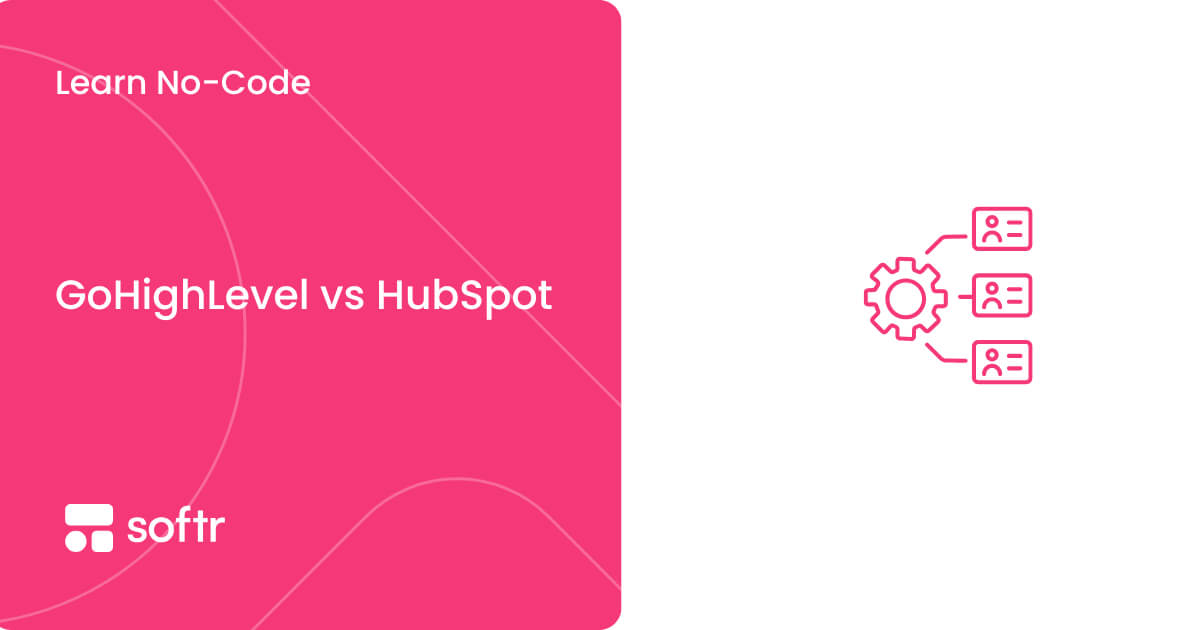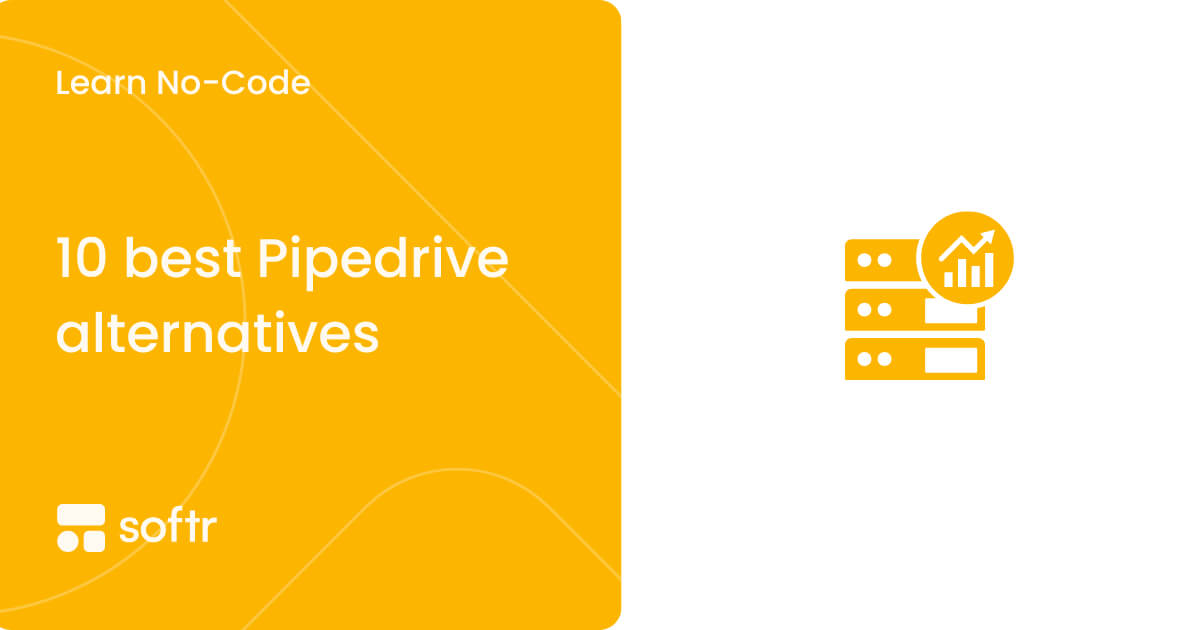Complete guide to Airtable plans and pricing in 2025

Airtable is a great choice for teams who’ve outgrown spreadsheets. It’s easy to start, free to try, and flexible enough to build custom workflows without writing code.
As your team grows, the cost of Airtable can increase quickly. With seat-based pricing, usage limits, and frequent upgrade prompts, many teams find themselves paying more than expected.
In this guide, we’ll break down Airtable’s pricing plans, what each tier includes, and where hidden costs often show up. We’ll also show how to reduce those costs by using Softr as a no-code frontend for Airtable, giving you more flexibility without jumping to a higher plan.
Airtable's pricing structure explained
Airtable’s pricing is based on seats and usage. Each plan offers a different balance of storage, record limits, automations, and features— so the more data you manage, the more automations run, and the more collaborators you add, the more you’ll pay.
Seat-based billing
- You only pay for users with editor-level access
- Viewer roles are free
- Annual billing offers a lower price per seat than monthly billing
Usage limits by plan
Every Airtable plan includes specific limits on:
- Records per base: from 1,000 to 500,000+
- Attachment storage: 1 GB to 1 TB per base
- Automation runs per month: 100 to 500,000
- Revision history: 2 weeks to 3 years
Features by plan tier
- Free: Basic tools, limited users and automations
- Team: Adds Gantt view, Interface Designer, sync options, and higher usage caps
- Business: Includes admin controls, two-way sync, and verified data
- Enterprise: Custom scale, audit logs, SSO, and advanced governance
AI credits included
- AI usage is included in each plan
- Plans include between 500 to 25,000 AI credits per user/month
- There’s no separate AI fee—as long as you stay within your monthly credit limit
💡Tip: To keep costs down, only assign paid editor seats to users who actively build or update content. View-only users don’t count toward your seat total.
Airtable pricing in-depth overview
Let’s have a look at each pricing plan and compare features and limitations.

1. Airtable's Free plan: features, limits, and when to upgrade
Airtable’s Free plan is ideal for solo users or very small teams testing out the platform. You get access to core database functionality, basic interface designer, and limited automations—enough to build lightweight apps or prototypes without paying anything. But once you start working with real data or collaborating across a team, the limitations become clear.
Key features included in Airtable’s Free plan:
- Up to 5 editor users per workspace (unlimited read-only collaborators)
- 1,000 records per base
- 1 GB of attachment storage per base
- 100 automation runs per month
- 1,000 API calls per month
- 2-week revision and snapshot history
- 500 AI credits per editor/month
- Interface Designer access (with restrictions)
Limitations
- No Gantt or timeline views
- No extensions or syncing
- No access to admin controls or permissions
- Very limited data and automation capacity
💡 Tip: Want more flexibility without upgrading? With Softr, you can turn your Airtable base into a functional business app—custom layouts, user roles & permissions, and real-time sync included. You can even keep your data inside the app using Softr’s built-in database.
Pricing
- Free forever (no credit card required)
- Only editor roles count toward the 5-user cap
Best for
Freelancers, early prototypes, or teams exploring Airtable’s capabilities before committing to a paid plan.
2. Team Plan: Best for growing teams that need more automation and collaboration
The Team plan is Airtable’s most popular paid tier. It unlocks more robust collaboration tools, higher usage limits, and advanced views like Gantt and Timeline. It’s a good fit for small to midsize teams building internal tools, managing operations, or collaborating with clients without reaching the strict limitations of the Free plan.
What’s included in Airtable’s Team plan:
- 50,000 records per base
- 20 GB storage per base
- 25,000 automation runs/month
- 100,000 API calls/month
- 1-year revision and snapshot history
- 15,000 AI credits per paid user/month
- Interface Designer, Gantt, Timeline, and Calendar views
- Extensions and apps
- Sync from external sources (read-only)
- Personal and locked views
- Table- and field-level permissions
Limitations
- No admin panel or organization-wide controls
- Limited to read-only syncing
- Editor-level users are billed regardless of usage intensity
- No two-way sync or verified data
Need two-way sync and deeper customization? If you submit new data (for example, a new record for a client) in your Softr app, it instantly sends back to your database and vice versa. No manual updates, no duplications. Try it out with our free Client Portal template!

Pricing
- Cost: $20/seat/month billed annually ($24 billed monthly)
Best for
Internal teams needing more structure—think operations, project managers, or consultants managing recurring workflows or client accounts.
3. Business plan: built for teams that need cross-team scale
The business plan is designed for larger teams and organizations managing multiple departments, or growing Airtable adoption across clients or internal teams.
Unlike the lower tier plans, the business plan supports unlimited workspaces and adds advanced admin-level features and security.
Key features of the Business plan
- 125,000 records per base
- 100 GB storage per base
- 100,000 automation runs/month
- Unlimited API calls/month
- 2-year revision and snapshot history
- 20,000 AI credits per paid user/month
- Two-way sync between bases and workspaces
- Admin panel with org-level controls
- Verified data (flag official datasets)
- SAML-based SSO
- Domain-restricted forms
- Up to 20 synced tables per base
Limitations
- Still capped at 125,000 records/base
- No access to audit logs or federated user provisioning (Enterprise only)
- Requires a company domain for purchase—public email domains not accepted
- Higher price jump vs. Team tier
Pricing
- $45/seat/month billed annually ($54 billed monthly_
Best for
Mid-to-large organizations with growing Airtable adoption across teams, or client-service firms that need more structured data governance and sharing capabilities.
4. Enterprise Scale plan: Advanced scale, control, and support
The Enterprise scale plan is in a league of its own, including pretty much everything you can think of including admin and dedicated support.
This plan is especially relevant for larger companies looking for premium features. If that’s your case, you should get in touch directly with the sales team for more information.
Key features included in Enterprise
- Custom limits: 500,000+ records per base, 1 TB+ storage
- Up to 500,000 automation runs/month
- 3-year revision and snapshot history
- 25,000 AI credits per user/month
- Enterprise API access
- Audit logs and activity tracking
- SCIM and federated provisioning
- Admin Hub for central IT oversight
- On-prem or advanced syncing options
- App sandboxing and DLP (data loss prevention) features
- Priority support and onboarding assistance
Limitations
- No publicly listed pricing—requires sales conversation
- Overhead of procurement and setup for smaller teams
- AI credit ceiling still applies (no unlimited usage)
Pricing
- Custom quote only (based on user volume, data size, and security needs)
Best for
Enterprises with strict IT requirements, legal oversight, or compliance needs—especially in finance, healthcare, education, or global service firms scaling Airtable company-wide.
A smarter way to extend Airtable without overspending
Airtable is a powerful backend—but as your team grows, the cost can scale fast. Most teams hit pricing friction not because they need new features, but because they need to collaborate more efficiently.
Here’s how that usually plays out:
- You start on the Free plan, but quickly hit limits: 1,000 records, 100 automation runs, no extensions or syncing.
- You upgrade to Team for better views, Gantt charts, and collaboration—but you’re now paying for every editor seat, even for occasional contributors.
- As your work expands, you need permissions, two-way sync, or verified data, and now you're looking at Business, more than double the price per user.
That’s where Softr comes in. Instead of paying for more Airtable seats or chasing premium features, you can:
- Build a custom frontend interface on top of your Airtable data with secure logins, permissions, and multiple layouts and views (like list, Kanban, calendar, charts)
- Let clients or teammates view and update data without needing an additional Airtable seat through secure, role-based permissions
- Keep your data perfectly in sync, or even move to Softr’s built-in database if you want to make your processes even more efficient
- Streamline collaboration by inviting external users to update project status, upload files, or manage tasks—without giving them full backend access
- Extend your stack with 30+ integrations, including Stripe, Zapier, Google Analytics, Mailchimp, and more
Thus, use Airtable as your backend, Softr as your interface—and scale your needs without scaling your costs!
Additionally, let's compare these two so you get the full picture.
Airtable Interface Designer vs. Softr: Which gives you more control?

Airtable’s Interface Designer is a helpful way to visualize data from your base, especially for internal stakeholders. But it has clear limitations—especially when it comes to external access, permissions, mobile responsiveness, and design flexibility.
Softr gives you everything Interface Designer doesn't and goes far beyond.
Here’s what makes the difference:
- More flexible design: Airtable’s Interfaces offer basic layout options, but no real custom styling or structure control. With Softr, you can fully customize your app’s look and layout using visual building blocks—plus embed charts, calendars, lists, and forms anywhere in your app.
- Granular permissions: Airtable supports table and field permissions (on higher-tier plans), but Interface permissions are limited and not suited for external users. Softr lets you define exactly who can see, edit, or submit what, with user groups, logic rules, and app-wide restrictions.
- More flexible user access: Airtable charges for every editor, even if someone only makes occasional changes. Softr lets you control access through roles and permissions, so you can give teammates, clients, or partners the ability to log in, view, or update data without needing a full seat. Plans are priced by app and usage, not per internal editor.
- Supports external users and public-facing apps: Interface Designer is built strictly for internal use. In contrast, Softr supports public and private apps, user sign-in, and access control—so you can build real client portals, project hubs, and more.
- More powerful forms: Airtable forms are single-page with no conditional logic. Softr lets you build multi-step, logic-based forms with visibility rules—perfect for applications, onboarding, or custom workflows.

- Mobile-ready (PWA): Airtable Interfaces aren’t mobile-optimized or app-friendly. Softr lets you turn your app into a downloadable mobile experience with no extra setup, using its built-in PWA capabilities.
- All-in-one flexibility: With Softr, you can connect to Airtable or 15+ other data sources—or use Softr’s own built-in relational database to keep your data inside the app.
How companies have saved costs with Softr:
- Marketing agency Strupek reduced operational costs by 58% by building a dashboard on top of Airtable
- Legal tech firm EvenUp switched off Airtable completely, building a performance tracker app with Softr + BigQuery (and saving $6000 a month in Airtable seat costs)
- Arizona State University used Softr to build an intranet app to share curriculum data with 1200+ unique users — a per-user seat cost that would've been prohibitive in Airtable
A smarter way to scale with Airtable

Airtable is great for getting started, but as your team grows, so do the costs. More records, more seats, more features… and suddenly, you’re on a much higher plan than you planned for.
With Softr, you can create granular permissions for each user group, and the pricing allows more external users to interact with your Airtable data for a much lower price!
Build secure, user-friendly apps on top of your Airtable data—complete with roles, permissions, and custom layouts. Let clients and teammates update info without needing an Airtable seat.
And if you ever need to move beyond Airtable, Softr’s built-in database gives you room to grow.
Use Airtable as your backend. Use Softr to bring it to life!








